Scientists observed electron swirls in tantalum arsenide, revealing quantum vortex structures in momentum space.
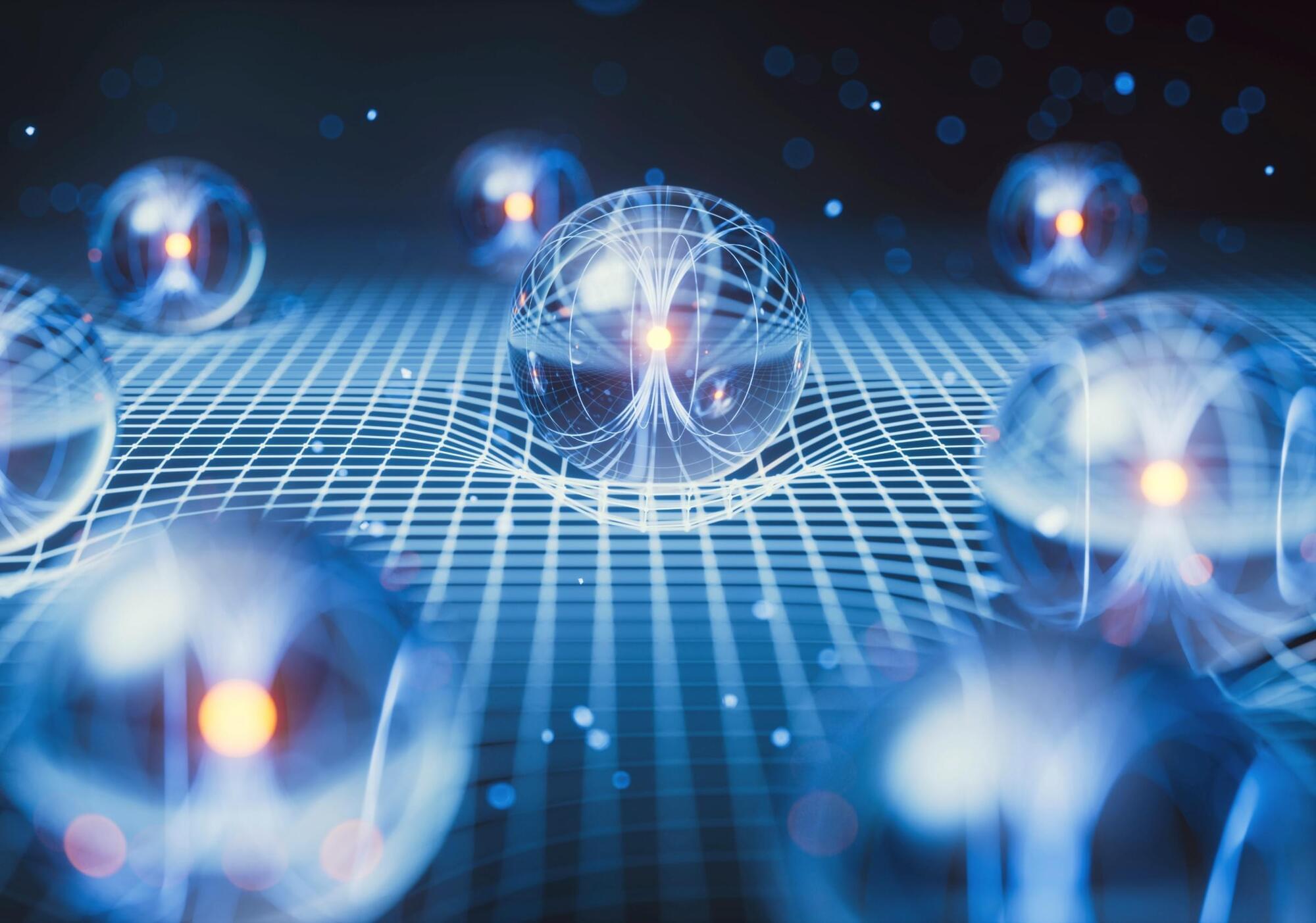


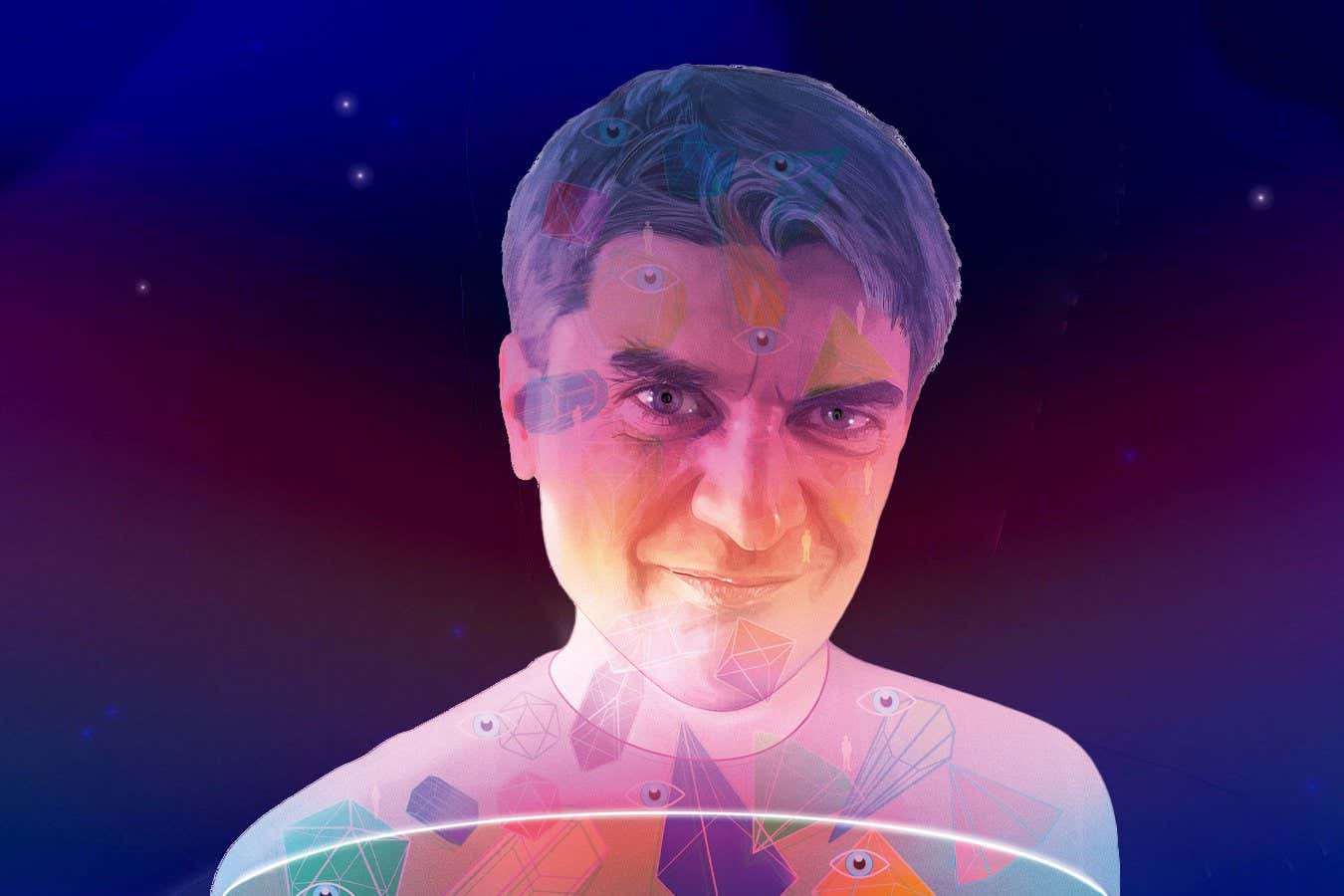
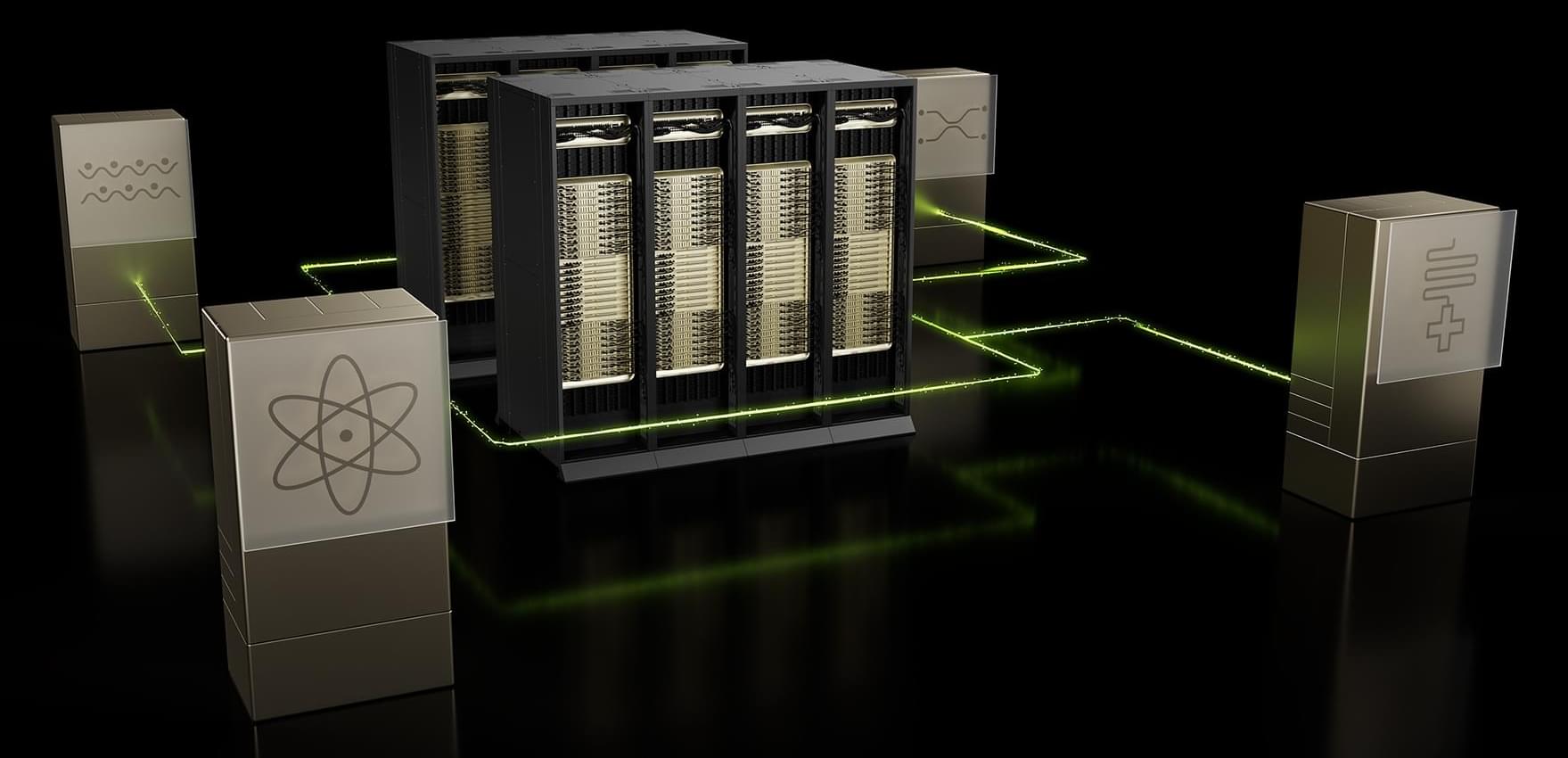
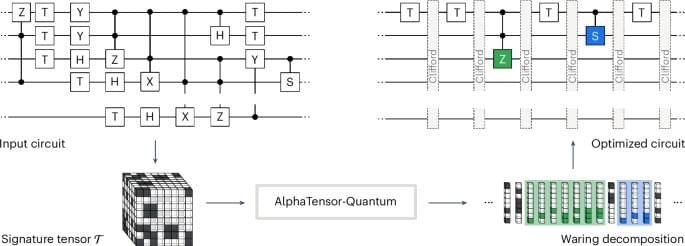
AlphaTensor–Quantum addresses three main challenges that go beyond the capabilities of AlphaTensor25 when applied to this problem. First, it optimizes the symmetric (rather than the standard) tensor rank; this is achieved by modifying the RL environment and actions to provide symmetric (Waring) decompositions of the tensor, which has the beneficial side effect of reducing the action search space. Second, AlphaTensor–Quantum scales up to large tensor sizes, which is a requirement as the size of the tensor corresponds directly to the number of qubits in the circuit to be optimized; this is achieved by a neural network architecture featuring symmetrization layers. Third, AlphaTensor–Quantum leverages domain knowledge that falls outside of the tensor decomposition framework; this is achieved by incorporating gadgets (constructions that can save T gates by using auxiliary ancilla qubits) through an efficient procedure embedded in the RL environment.
We demonstrate that AlphaTensor–Quantum is a powerful method for finding efficient quantum circuits. On a benchmark of arithmetic primitives, it outperforms all existing methods for T-count optimization, especially when allowed to leverage domain knowledge. For multiplication in finite fields, an operation with application in cryptography34, AlphaTensor–Quantum finds an efficient quantum algorithm with the same complexity as the classical Karatsuba method35. This is the most efficient quantum algorithm for multiplication on finite fields reported so far (naive translations of classical algorithms introduce overhead36,37 due to the reversible nature of quantum computations). We also optimize quantum primitives for other relevant problems, ranging from arithmetic computations used, for example, in Shor’s algorithm38, to Hamiltonian simulation in quantum chemistry, for example, iron–molybdenum cofactor (FeMoco) simulation39,40. AlphaTensor–Quantum recovers the best-known hand-designed solutions, demonstrating that it can effectively optimize circuits of interest in a fully automated way. We envision that this approach can accelerate discoveries in quantum computation as it saves the numerous hours of research invested in the design of optimized circuits.
AlphaTensor–Quantum can effectively exploit the domain knowledge (provided in the form of gadgets with state-of-the-art magic-state factories12), finding constructions with lower T-count. Because of its flexibility, AlphaTensor–Quantum can be readily extended in multiple ways, for example, by considering complexity metrics other than the T-count such as the cost of two-qubit Clifford gates or the qubit topology, by allowing circuit approximations, or by incorporating new domain knowledge. We expect that AlphaTensor–Quantum will become instrumental in automatic circuit optimization with new advancements in quantum computing.

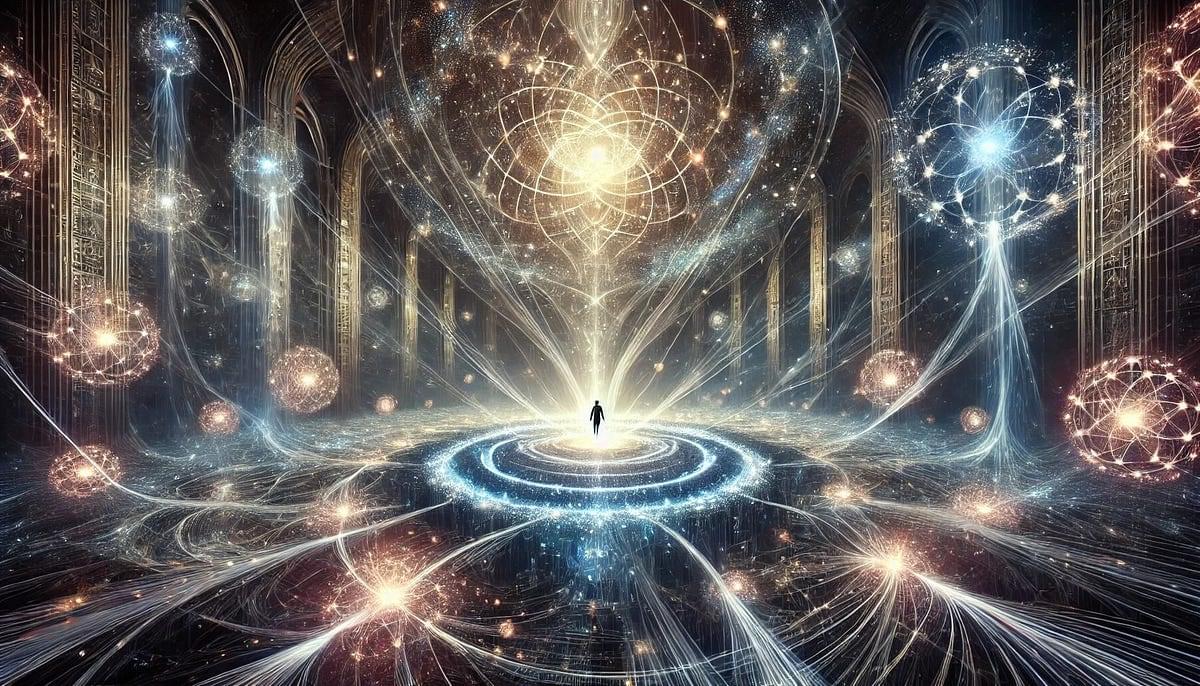
Compactification of dimensions in string theory and inflationary expansion of space from Planck scale.
Check out these science courses on Brilliant! First 30 days are free and 20% off the annual premium subscription when you use our link ➜ https://brilliant.org/sabine.
Physicists have come up with a new idea for how our universe began, and it could also explain dark matter. They say that if our universe has small extra dimensions, then these can temporarily store energy, causing a “cosmological stasis” in which the universe expands but nothing else happens. Then the stasis ends and dark matter remains. Sounds wild. What are we to make of this?
🤓 Check out my new quiz app ➜ http://quizwithit.com/
💌 Support me on Donorbox ➜ https://donorbox.org/swtg.
📝 Transcripts and written news on Substack ➜ https://sciencewtg.substack.com/
👉 Transcript with links to references on Patreon ➜ / sabine.
📩 Free weekly science newsletter ➜ https://sabinehossenfelder.com/newsle… Audio only podcast ➜ https://open.spotify.com/show/0MkNfXl… 🔗 Join this channel to get access to perks ➜ / @sabinehossenfelder 🖼️ On instagram ➜
/ sciencewtg #science #sciencenews #physics.
👂 Audio only podcast ➜ https://open.spotify.com/show/0MkNfXl…
🔗 Join this channel to get access to perks ➜
/ @sabinehossenfelder.
🖼️ On instagram ➜ / sciencewtg.
#science #sciencenews #physics

Could gravitational waves—the ripples in space-time—also be quantum in nature? Scientists believe they might! A new study suggests gravitational waves could induce quantum entanglement, revolutionizing physics and reshaping our understanding of gravity. But detecting these effects requires cutting-edge technology. Will future observatories like LIGO-India unlock the quantum secrets of space-time? Dive into this fascinating discovery and explore the possibilities of a quantum universe! Watch now and join the discussion!
Paper link: https://www.sciencedirect.com/science… 00:00 Introduction 00:29 The Quantum Nature of Gravitational Waves – A Theoretical Breakthrough 02:21 The Research Behind the Discovery 04:13 Implications and the Future of Quantum Gravitational Wave Research 07:30 Outro 07:43 Enjoy MUSIC TITLE : Starlight Harmonies MUSIC LINK : https://pixabay.com/music/pulses-star… Visit our website for up-to-the-minute updates: www.nasaspacenews.com Follow us Facebook: / nasaspacenews Twitter:
/ spacenewsnasa Join this channel to get access to these perks:
/ @nasaspacenewsagency #NSN #NASA #Astronomy#QuantumPhysics #GravitationalWaves #SpaceTime #QuantumGravity #Einstein #Physics #Astrophysics #Science #BlackHoles #LIGO #QuantumEntanglement #Cosmology #DarkMatter #BigBang #QuantumMechanics #ScienceExplained #FutureOfPhysics #Space #QuantumWorld #Relativity #TimeTravel #HiggsBoson #StringTheory #AstroScience #QuantumTechnology #SpaceExploration #GeneralRelativity #UnifiedTheory #TheoreticalPhysics #QuantumReality #WaveParticleDuality.
Chapters:
00:00 Introduction.
00:29 The Quantum Nature of Gravitational Waves – A Theoretical Breakthrough.
02:21 The Research Behind the Discovery.
04:13 Implications and the Future of Quantum Gravitational Wave Research.
07:30 Outro.
07:43 Enjoy.
MUSIC TITLE : Starlight Harmonies.
MUSIC LINK : https://pixabay.com/music/pulses-star…
Visit our website for up-to-the-minute updates:
www.nasaspacenews.com.
Follow us.